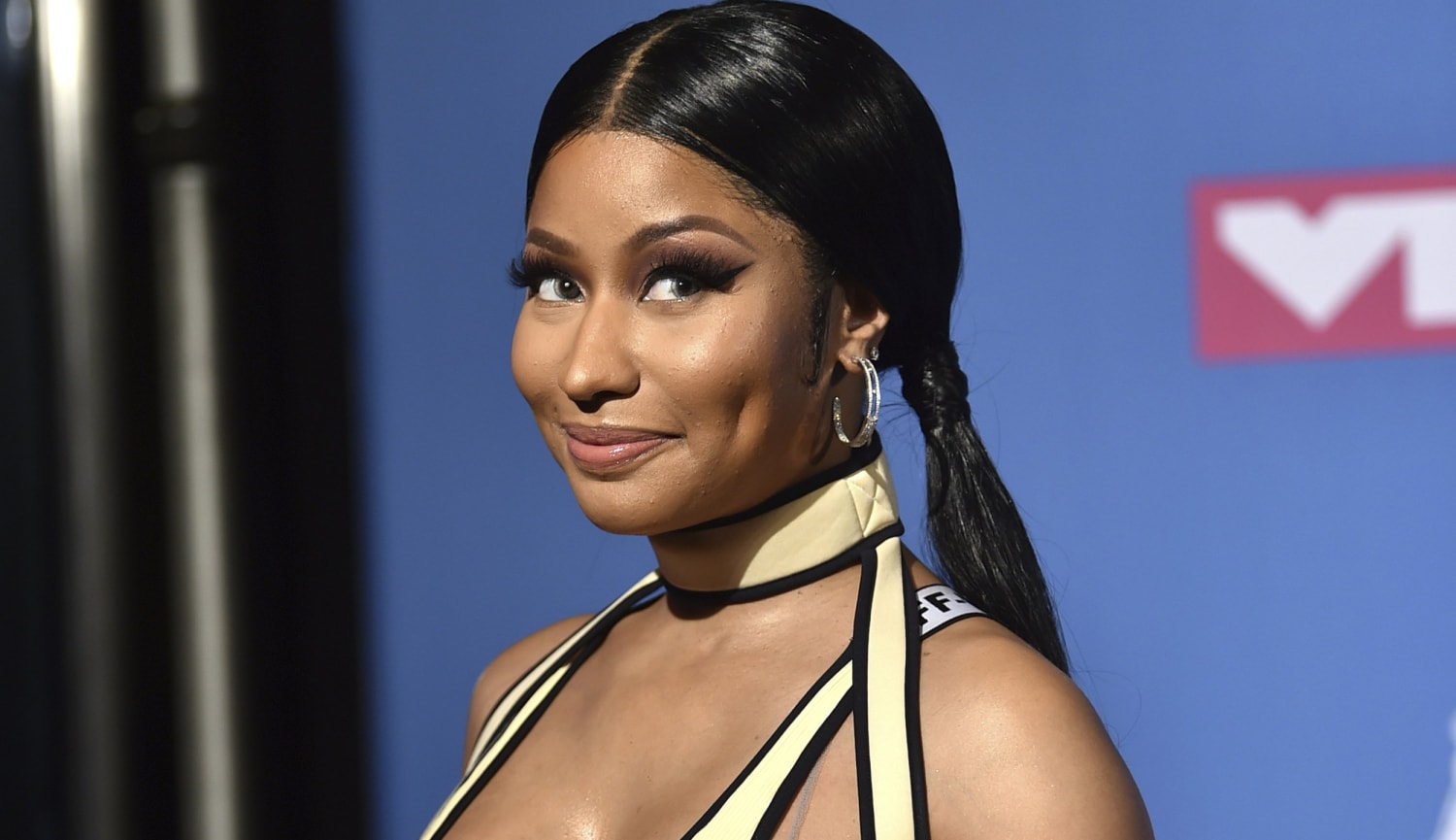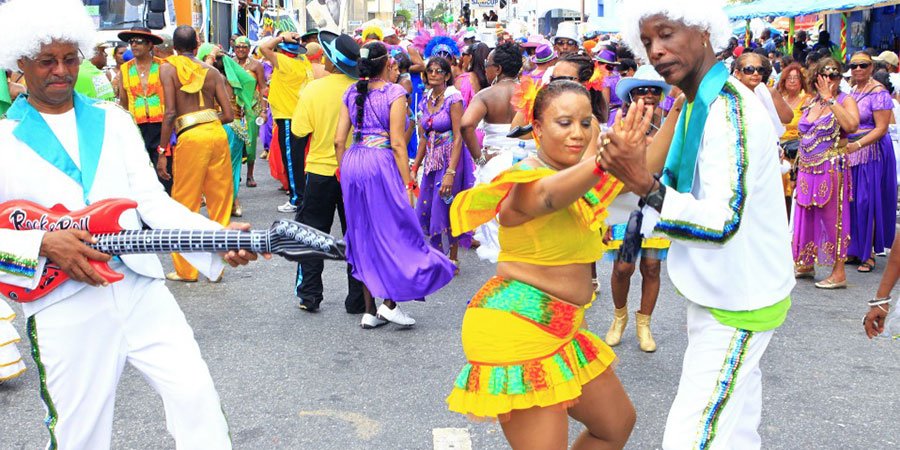Calypso isn’t the only musical genre that’s popular here. Soca is a style that mixes calypso with Indian music and is usually used as dance music. Chutney and Chutney Soca are also related styles that use of Indian music. Pichakaree is a style often used as social commentary and sung in both English and Trinidadian Hindustani.
Social commentary is also used in rapso, a style that started in the 1970s and 1980s out of a mix of calypso, soca, and American hip-hop. Parang is a folk music style that developed in the island’s Hispanic neighborhoods. Steelbands developed after WWII and slowly grew in popularity. These steel pans (or steel drums) are concave toned metal drums that were developed in the African communities. Ok, it’s not actually a drum, but rather an idiophone.
One dance that is commonly performed is the Bélé. This dance was introduced by the French (known as “belle aire”). It’s actually a dance that’s performed with variations across the Caribbean, but in Trinidad and Tobago, the dancers tend to be women. It’s thought that it stems from the times slave women would dance for the masters there. The women still wear dresses that look like dresses from that era during the dance. And then there’s calinda, a type of choreographed stick-fighting. (Reminds me a little of capoeira?) Carnival in Trinidad is a super popular ordeal with tons of music and dancing as well as calinda, which is said to have its origins as a martial art in the Kingdom of Kongo.
So, I found quite a few Trinidadian musicians on Spotify. The first one I listened to is Lord Kitchener, one of the most famous calypso musicians. He rose to international fame in the time he got started singing calypso in the late 1930s to the time he retired in the 1990s. I really enjoyed listening to his music with its harmonics and rhythmic guitars and percussion. And in quite a few songs, it really reminds me of the jazz bands of the 1930s-1960s, especially Latin jazz in some cases. Lord Melody is another calypso musician of a similar style and era.
Lancelot Layne was often considered the father of Rapso music. Popular in the 1970s and 1980s, it was his song “Blown Away” that put this genre on the map. It was a genre that grew out of social issues like the Black Power movement and labor unions. Cheryl Byron is another rapso musician.
David Rudder is another famous calypsonian. I listened to the album Trinidad Stories, and it had a more modern feel to it. He also performs soca style music as well. There’s one thing I can say is that it always seems like it’s happy music.
When it comes to Chutney music, Sundar Popo is credited as the creator of this genre that developed out of Bhojpuri music of India. He got started in the late 1960s. It definitely sounded more like Indian music to me, but I can also hear some of the Caribbean rhythms behind some of the songs.
 |
| Machel Montano |
 |
| Nicki Minaj |
Up next: the food
:max_bytes(150000):strip_icc()/Caribbean_band_Christof46CCSA40-5805348b3df78cbc28d9e648.jpg)






No comments:
Post a Comment